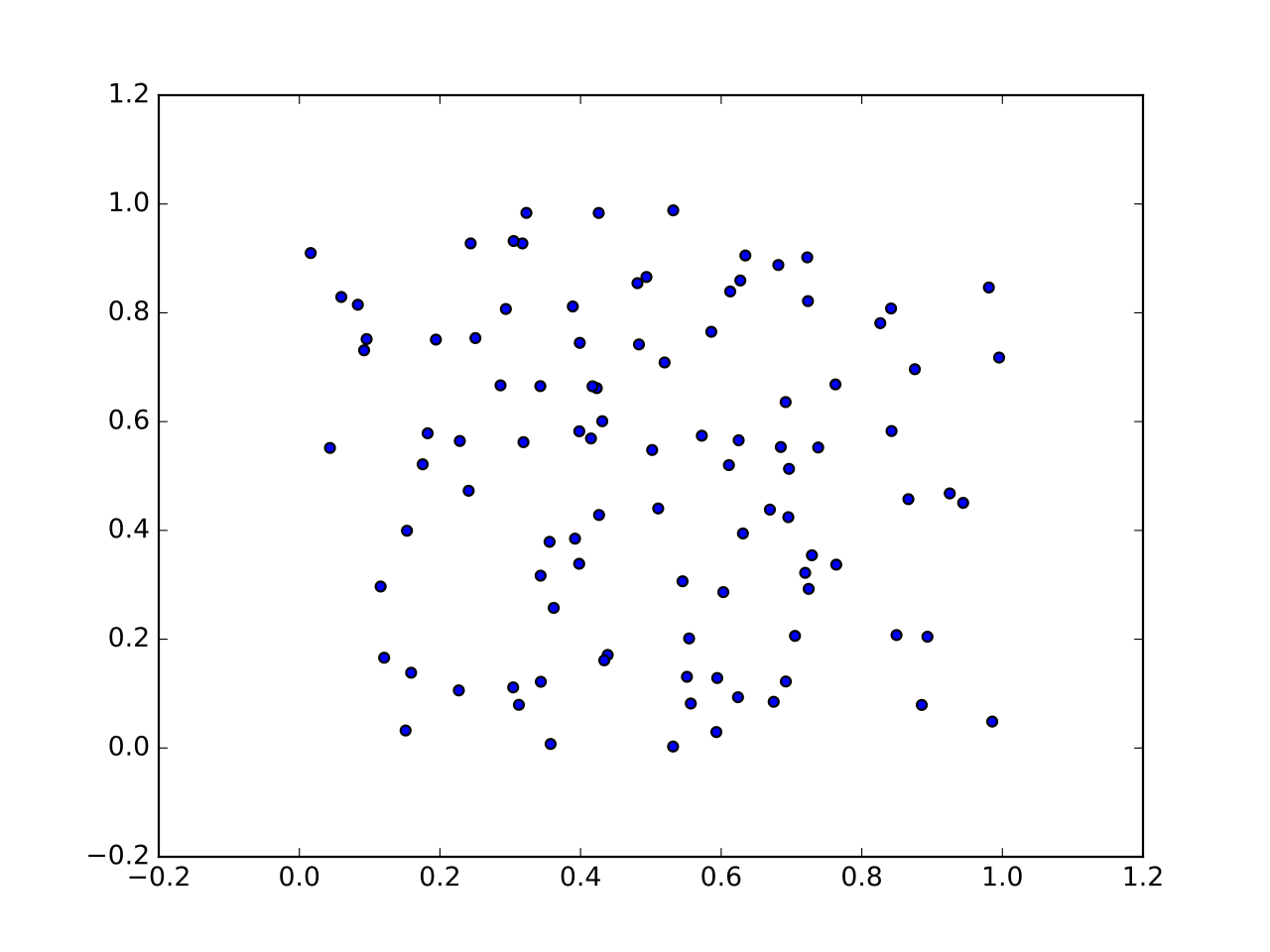System of Equations: Elimination Method Calculator
Instructions: Use this calculator to solve a system of linear equations using the elimination method, with all the steps shown . Please provide two valid linear equations with two unknown variables in the boxes provided below:
More about the elimination method to solve linear systems
You can solve a system of linear equations using diverse alternatives, each with its own advantages (and disadvantages).
When you have two equations and two variables, you can typically use the graphing method for solving system which is essentially the method of finding solutions by finding the intersection between two lines.
Or you can use the substitution method to solve systems, which attempts to solve first from one variable in terms of the other one so to then use that substitution to replace in the other equation and solve for one variable.
How do you solve system of equations by substitution?
The approach is very simple: 1) Choose one of the two equations, for which it is easy to solve for any \(x\) or \(y\), and solve for that variable, in terms of the other variable.
Often times equations are given as for example "\(x = 2y + 3\)" where it is already solved for \(x\) or for example "\(y = 2x + 3\)" where it is already solved for \(y\)
2) Now that you have solved for one variable in one of the equation, use that variable you solve for, and plug it in the other equation.
3) This equation will be in terms of the other variable (not the one you original solved for), and then you will solve for it, and you will get a numeric result.
4) With the numeric result found for the other variable, come back you the original variable you solve for, and plug in the value you just solved numerically

Is this a Gaussian elimination calculator
Not precisely, but the idea is the same: Go eliminating variables by finding equivalent equations (amplifying) and adding to that to the reduce the number of variables.
For a 2x2 system, the method of elimination chooses one variable to eliminate using an appropriate algebraic transformation and operation.
Technically, you can apply this method so to solve 3 equations using an elimination calculation, but this calculator is specifically for 2x2 systems.
Elimination method calculator with steps
How to solve a system of equations by elimination? This calculator will show you all the steps required to solve a system of equations using the elimination method.
The crucial step is to determine which variable will be eliminated, as the correct choice of the variable can simplify the calculation significantly.
What are the steps to the elimination method?
1) First, decide which variable you will eliminate.
2) Second, decide how you will eliminate, so that you amplify and operate the equations to conduct the elimination.
3) Third, once you eliminate one of the variables, solve for the other variable.
4) Fourth, and last, once you have solved for one of the variables, plug it into any the equations (the easiest one) so that you solve for the remaining variable.

Example: Elimination system of equations with steps
Assume that you have the following system of equations:
\[\begin{matrix} \displaystyle 2x+2y & = & 5\\\\\displaystyle x-y & = & 2 \end{matrix} \]Use the substitution method to solve the above system of linear equations.
Solution:
Step 1: Select the variable for elimination
Multiplying the second equation by \(2\) we get:
\[\begin{matrix} 2x+2y & = & 5\\\\2x-2y & = & 4 \end{matrix} \]Now, once we have amplified the original equations, subtracting the first equation from the second equation leads to
\[2x-2y-\left(2x+2y\right)=4-5\] \[\Rightarrow -4y=-1\]From the equation above we find directly that dividing both sides of the equation by \(\displaystyle -4\) we get
\[y = \frac{-1}{-4} = \frac{1}{4}\] Step 2: Plug the value found in the other equationNow, we plug back \(\displaystyle y = \frac{1}{4}\) in the other equation
\[2x+2\cdot \left(\frac{1}{4}\right)=5\] \[\Rightarrow 2x+\frac{1}{2}=5\]Putting \(x\) on the left hand side and the constants on the right hand side we get
\[\displaystyle 2 x = 5 - \frac{1}{2}\] \[\Rightarrow \displaystyle 2x = \frac{9}{2}\]Now, solving for \(x\), by dividing both sides of the equation by \(2\), the following is obtained
\[\displaystyle x = \displaystyle \frac{ \frac{9}{2}}{ 2}\]and simplifying we finally get the following
\[\displaystyle x=\frac{9}{4}\] Step 3: Check the solutions found plugging back into the original equationsWe will verify whether or not the solutions found actually satisfy the equations.
We plug \(\displaystyle x = \frac{9}{4}\) and \(\displaystyle y = \frac{1}{4}\) into the provided equations and we get\[\begin{matrix} \displaystyle 2\cdot \left(\frac{9}{4}\right)+2\cdot \left(\frac{1}{4}\right) & = & 5\\\\\displaystyle \left(\frac{9}{4}\right)-\left(\frac{1}{4}\right) & = & 2 \end{matrix} \]which confirms that the solutions found are actual solutions of the system of equations.
Conclusion
Therefore, based on the analysis conducted with the elimination method, there is a unique solution, which is \(x^* = \displaystyle \frac{9}{4}\), \(y^* = \displaystyle \frac{1}{4}\).



